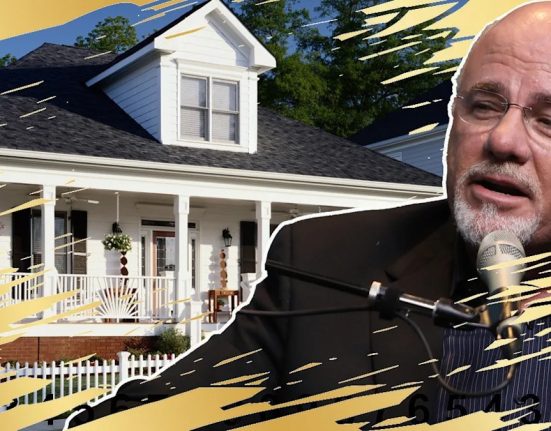For older homeowners considering a reverse mortgage, one of the most important factors to understand is the 60% rule.
This lending cap, introduced as a safeguard, determines how much money borrowers can initially access from their home’s equity.
While it may sound restrictive at first, the rule is designed to help retirees stay financially stable over time.
What is the 60% reverse mortgage rule?
With a federally insured reverse mortgage—formally called a Home Equity Conversion Mortgage (HECM)—borrowers can access only up to 60% of their total loan proceeds during the first year.
This limit was created to protect people from taking out too much too soon, which can make it harder to keep up with the costs of homeownership, like property taxes, homeowners insurance, or home maintenance.
Since failure to meet those obligations can put a borrower at risk of foreclosure, the 60% cap acts as a financial guardrail.
There are exceptions: If paying off an existing mortgage or other mandatory obligations requires more than 60%, the borrower can access enough to cover those costs—even if it means going over the cap. Beyond that, any additional funds are generally disbursed in later years, either as monthly payments or a line of credit.
How does the 60% reverse mortgage rule affect borrowers now?
The impact of the rule largely depends on the homeowner’s financial situation.
Someone with a sizable remaining mortgage may find that most of their initial proceeds go straight toward paying off that debt, leaving little cash available upfront. While this can feel limiting, it also means that the borrower is no longer responsible for a monthly mortgage payment, which often brings much-needed relief to their household budget.
For homeowners who own their property outright, the 60% cap tends to feel less restrictive. They still have substantial equity available, but the rule encourages them to access it gradually instead of all at once. This structure supports long-term financial planning, helping ensure that the funds last well into retirement rather than being depleted too quickly.
Financial planners and lenders often view the rule as a positive measure. By spacing out access to funds, it reduces the risk of retirees exhausting their home equity too soon. Consider it a safeguard against foreclosure.
A quick example
Imagine a 72-year-old homeowner with a $400,000 house and no remaining mortgage. The reverse mortgage lender approves $200,000 in total loan proceeds.
Under the 60% rule, the borrower can take out up to $120,000 in the first year (60% x 200,000=120,000). The remaining $80,000 is available later, either as scheduled monthly draws or a line of credit to tap when needed.
Now compare that with someone who still has a $100,000 mortgage on the same house. That payoff comes first, so they may need to use a large portion of their initial proceeds to clear the balance, leaving less cash immediately available.
Still, eliminating the monthly mortgage bill provides significant breathing room for retirement finances.
What older homeowners should consider before tapping into a reverse mortgage
For many retirees, a reverse mortgage can be a powerful financial tool, but it isn’t the right choice for everyone. Understanding the trade-offs can help homeowners decide whether the 60% rule fits into their long-term plans.
On the plus side: A reverse mortgage provides access to home equity without the burden of monthly mortgage payments. That extra breathing room can make it easier to cover everyday expenses, health care costs, or home improvements—all while allowing the homeowner to stay in their home and age in place.
The downsides are worth weighing carefully. Because of the 60% cap, the initial payout may feel smaller than expected. Fees and interest also add up over time, gradually reducing the remaining equity in the home. This means that while a reverse mortgage offers flexibility now, it could leave less value for heirs later.
It’s also important to consider alternatives. For some, downsizing to a smaller home, exploring a traditional home equity loan, or taking only partial draws from a reverse mortgage may be more cost-effective. Each option has its own trade-offs, but exploring them ensures that homeowners aren’t locking themselves into a single path.
Ultimately, the 60% rule reinforces the importance of pacing. Instead of taking a large lump sum that might be spent quickly, spreading out withdrawals can help preserve equity and provide more financial stability in the long run. For retirees, that measured approach may be the difference between short-term relief and lasting security.







